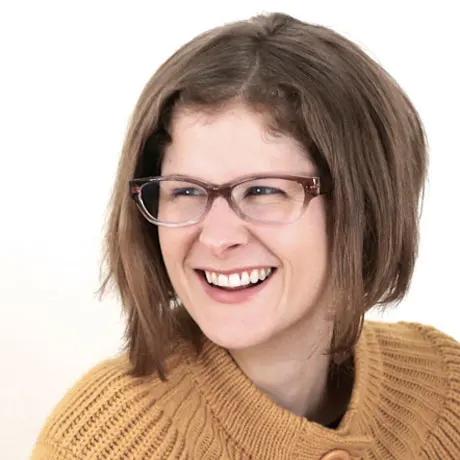7 modern classic books for middle-schoolers
Some books stand the test of time because young readers see themselves on the page. The characters in these middle school classics may not have learning and thinking differences. But their experiences can strike a chord with kids who do.
Tuck Everlasting, by Natalie Babbitt
Who hasn’t wished life could be drastically different? Ten-year-old Winnie certainly has. Her world feels small and dull. Then she meets the Tuck family. Technically, they kidnap her. But after she learns they’ve discovered a Fountain of Youth, she starts to feel at home with the Tucks’ magic. Ultimately, Winnie is caught up in a decision — and a crime — that changes her life forever.
Kids with learning and thinking differences may appreciate: Tuck Everlasting’s discussions about feeling victimized. They may also like its unique ways of approaching life.
A Wrinkle in Time, by Madeleine L’Engle
A great introduction to science fiction, A Wrinkle in Time has been beloved since it was published in 1962. Meg and her brother Charles Wallace team up to rescue their father who is lost somewhere in time. With their friend Calvin, they travel through space, encounter mystical creatures, and restore order at home and in the universe.
Kids with learning and thinking differences may appreciate: The siblings’ quirks. Meg has trouble controlling her emotions. Charles Wallace is bright but speaks only to his family. The author never says they’re , but kids may draw that conclusion. (Reluctant readers may enjoy the new graphic novel version.)
Roll of Thunder, Hear My Cry, by Mildred D. Taylor
It’s hard to stay hopeful when life feels full of despair. That’s what 10-year-old Cassie experiences in Roll of Thunder, Hear My Cry, a deeply moving novel about racism, loss, and courage. Set in Mississippi at the height of the Great Depression, the story follows Cassie’s African American family over the course of a year. They struggle to keep hold of their land while facing terrible discrimination.
Kids with learning and thinking differences may appreciate: Cassie’s enduring strength and self-awareness in spite of the challenges she faces.
Are You There God? It’s Me, Margaret, by Judy Blume
Moms may remember Are You There God? It’s Me, Margaret as a classic coming-of-age novel. Twelve-year-old Margaret has just moved to the suburbs from New York City. She falls in with a clique of girls, and together they explore challenging aspects of puberty: first periods, bras, and boys. Margaret also struggles with her spiritual identity. Her mother is Christian, and her father is Jewish. So Margaret tries talking to God at night to get a sense of her own religious beliefs.
Kids with learning and thinking differences may appreciate: Margaret’s desire to fit in.
Anne Frank: The Diary of a Young Girl, by Anne Frank
Sometimes just called The Diary of Anne Frank, this Holocaust memoir is hauntingly powerful. To escape the Nazis occupying Holland, 13-year-old Anne goes into hiding with her family. For more than two years, they live together in a cramped secret room. Anne’s diary reveals her very relatable teen gripes and longings during this harrowing time.
Kids with learning and thinking differences may appreciate: How Anne was able to be hopeful in spite of the hopelessness surrounding her. (Note that sensitive readers might be affected by her eventual death in a concentration camp. Parents should be ready to talk through that tragedy.)
Holes, by Louis Sachar
There is no lake at Camp Green Lake. And there’s no fun on the “camp” schedule, either. Even so, that’s where Stanley’s parents send him after he’s accused of stealing. But once he learns that he’ll be digging holes all day, every day, the camp starts to feel more like prison. Funny, suspenseful, and full of clever twists, Holes is a favorite among many middle-schoolers.
Kids with learning and thinking differences may appreciate: The tricky friendships that form between very different characters. The boys also “think differently” in ways that help them problem-solve. (One camper has and others have behavior issues.)
The Giver, by Lois Lowry
Jonas is 12 when he’s given the job assignment that he’ll have for the rest of his life. He is to become the new Receiver of Memory, the highest position in his community. But the current Receiver — whom Jonas calls The Giver — teaches him unpleasant things about the history of his seemingly perfect society. That knowledge forces Jonas to make decisions that he hopes will change the future for all of them.
Kids with learning and thinking differences may appreciate: Their own uniqueness, after seeing such sameness in Jonas’ world. The Giver is also a recent movie, which kids may want to watch after reading the book.

